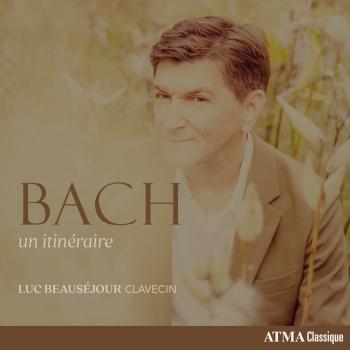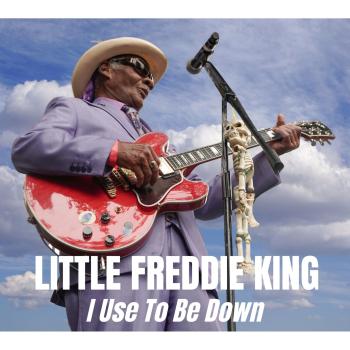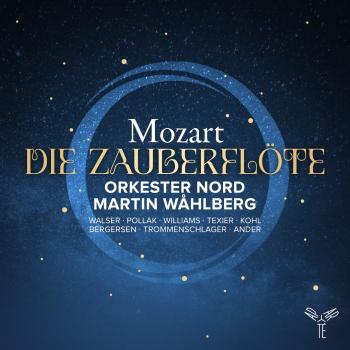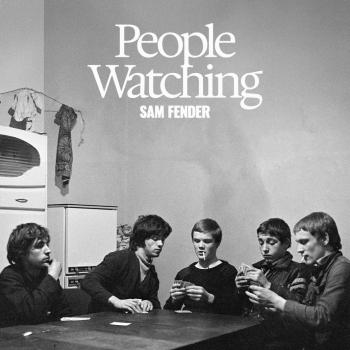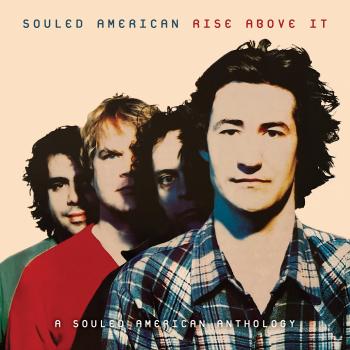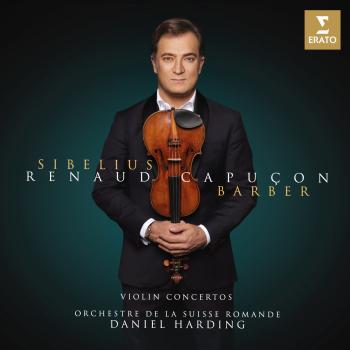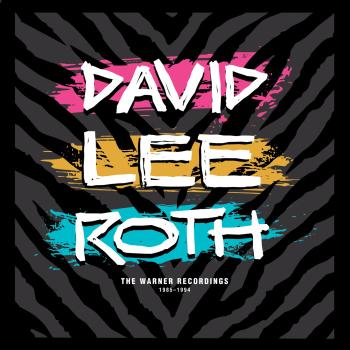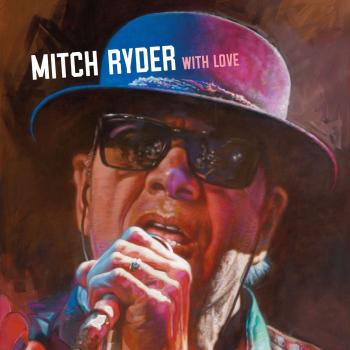
Secret Voices Chant & Polyphony from the Las Huelgas Codex, c. 1300 Anonymous 4 and Bruce Molsky
Album Info
Album Veröffentlichung:
2011
HRA-Veröffentlichung:
17.09.2013
Label: harmonia mundi
Genre: Classical
Subgenre: Vocal
Interpret: Anonymous 4 and Bruce Molsky
Komponist: Anonymous
Das Album enthält Albumcover Booklet (PDF)
- First Light
- 1 Sequence - Virgines egregie 02:58
- 2 Conductus - Ave maris stella 03:10
- 3 Motet - Claustrum pudicicie / Virgo viget / Flos Filius 02:18
- Morning
- 4 Discant - Fa fa mi / Ut re mi 01:23
- 5 Conductus-Motet - O Maria virgo / O Maria maris stella / [In Veritate] 03:17
- 6 Benedicamus domino - cum cantico 01:29
- Mass
- 7 Motet - Salve porta / Salve salus / Salve sancta parens 00:56
- 8 Kirie - Rex virginum amator 04:19
- 9 Gloria - Spiritus et alme 05:30
- 10 Sequence - Verbum bonum et suave 02:46
- 11 Motet - Salve virgo regia /Ave gloriosa mater / [Domino] 02:59
- 12 Sanctus & Benedictus 01:39
- 13 Motet - Gaude virgo nobilis / Verbum caro factum / Et Veritate 02:42
- 14 Agnus dei - Gloriosa spes reorum 03:27
- 15 Planctus - O monialis conscio 03:06
- 16 Benedicamus domino - Belial vocatur 01:57
- Evening
- 17 Sequence - In virgulto gracie 03:02
- 18 Motet - Ave regina celorum / Alma redemptoris mater / [Alma] 01:50
- 19 Benedicamus domino a3 (rondellus) 01:32
- Night
- 20 Song - Si vocatus ad nupcias 01:26
- 21 Conductus - Mater patris et filia 04:22
- 22 Benedicamus domino a2 00:42
- 23 Song - Omnium in te christe 01:35
Info zu Secret Voices Chant & Polyphony from the Las Huelgas Codex, c. 1300
Anonymous 4 revisit their favourite era in repertoire that illuminates medieval women’s affinity for the most complex polyphony of their time. Spanning the entire 13th century — from virtuosic motets and conductus to heartfelt laments and sacred songs—the remarkable Las Huelgas manuscript was compiled for a convent of aristocratic Castilian women who (in spite of a rule forbidding Cistercian nuns from singing polyphony) sang the most beautiful, advanced and demanding music from all across Gothic-era Europe.
There are elegant French love motets here, like Claustrum pudicicie/Virgo viget, which were retro-fitted with holy words for the sisters to sing. There are conductus, like Mater patris et filia, Ave maris stella and Parens patris natique, with unpredictable rhythms and lively hockets. There are also heartfelt laments, like O monialis conscio, written on the death of a beloved member of the sisterhood. The sisters had written or collected for them, virtuoso polyphony for the daily Mass as well, and we include several of these: the troped Kyrie Rex virginum and Gloria Spiritus et alme. We also get a glimpse into the musical dedication of the convent in a unique “solfeggio” exercise, Fa Fa Mi / Ut Re Mi, for the sister’s music lessons, where they practiced singing their hexachords under the watchful ear of the music mistress. The repertoire of the Las Huelgas manuscript provides the proof that Anonymous 4, far from singing ‘men’s music’, are following in the footsteps of their much-older sisters who had no difficulty (except from their male monastic superiors) in finding and performing the most virtuosic, avant-garde polyphonic music of their time. It’s time now for Anonymous 4 to bring them to life again.
'The Las Huelgas Codex is a collection of sacred and secular music copied out at the beginning of the 1300s. It was created at the Cistercian convent in Burgos, Spain, and contains both monophonic (single voice) and polyphonic pieces. The nuns of the convent sang this glorious polyphony despite the rules of their order proscribing the performance of music with more than one part. These are the 'secret voices' of Anonymous 4's new release; the group brings this distant era alive, assembling from the Codex a musical representation o f the sisters' monastic day, from 'First Light' to 'Night.' Not all the music is devotional in tone. The ten-movement mass that forms the center of A4's program (and, presumably, the nuns' day) features a sunny, lilting motet 'Salve virgo regia/Ave gloriosa mater,' and later on we're given the rollicking, round-like ''Benedicamus domino a 3'. Despite the passage of time, with only a single change in personnel in their 20- year recording history, the quartet sounds as fresh and pure in its ensemble sonority as ever. The unison chant is ravishing and the complex polvohonv is rendered with admirable transparency.' (Andrew Quint, The Absolute Sound)
“There are many reasons why this is a superlative issue. First of course is the wonderful but rarely heard music of the Las Huelgas manuscript...And then there is the singing of Anonymous 4, who are hard to challenge in this kind of repertory. It is not just that their tuning is astonishing...It is also that they have four very distinctive voices that manage to blend perfectly and balance perfectly without at any point losing clarity.” (Gramophone)
Ruth Cunningham
Marsha Genensky
Susan Hellauer
Jacqueline Horner-Kwiatek
Anonymous 4
Four women got together for a music reading session one afternoon in the
spring of 1986; they wanted to hear what medieval chant and polyphony
would sound like when sung by female voices. Since then, Anonymous
4 has explored music from the year 1000; the ecstatic music and poetry
of the 12th-century abbess and mystic, Hildegard of Bingen; 13th- and
14th-century chant and polyphony from England, France, and Spain;
medieval and modern carols from the British Isles; American roots music;
and works newly written for the group. The ensemble has performed on
major concert series and at festivals throughout North America, Europe,
and Asia. Enchanted by their unearthly vocal blend and virtuosic ensemble
singing, Anonymous 4’s listeners have bought nearly two million copies of
the group’s recordings on the harmonia mundi label.
Bruce Molsky
To play traditional music, you’ve got to be something of a folklorist, hand-selecting songs learned from field recordings, festivals, and old-timers. Bruce Molsky goes above and beyond: the world’s premier old-time fiddler walks around with a library’s worth of lyrics and music humming in his head.
If It Ain’t Here When I Get Back is the title of Molsky’s March 2013 release, his first album since 2006’s Soon Be Time. It is an aural autobiography, paying tribute to the people Molsky has lived his musical life with over the past 45 years and incorporating the sounds of his travels, which have taken the Bronx-born musician from Appalachia to Australia and just about everywhere in between. “Community is integral to the music,” Molsky explains. “Most of us started playing in a social context. The music is all about pulse and heartbeat - everybody has that, it’s just expressed a little differently in different places. There’s always common ground that we can find.”
And find it he does. Molsky’s brand of “global folk” has led to stints with the GRAMMY-nominated Fiddlers 4 and the Irish, Hungarian, and Dutch musicians of the supergroup Mozaik. His many cultural influences are well represented on If It Ain’t Here When I Get Back, from “Bimini Gal,” found on an LP that featured Bahamian guitarist Joseph Spence, to the playful instrumental “Growling Old Man and Grumbling Old Woman,” a traditional Métis fiddle tune learned from field recordings of the Ojibwe people in Western Manitoba.
One common element of these widespread musical cultures is the storytelling aspect of their folk music. Molsky’s unparalleled musicianship and emotive delivery of the lyrics make listeners brave the storm-tossed sea of “Wreck of the Dandenong,” a traditional tale about a nineteenth century Australian shipwreck, and long for the vast, lone prairie of “The Cowboy,” a romantic Western song penned by Glenn Ohrlin.
An avowed do-it-yourselfer, Bruce played every instrument on It Ain’t Here When I Get Back and self-produced the album, which was recorded in two sessions, noting, “It’s really intense going into the studio and trying to remain objective about the music you’re putting down.” The result is an album that’s more intimate than his previous releases, as though the listener is hearing Molsky playing on the porch or in the parlor.
Listening to If It Ain’t Here When I Get Back, it’s impossible not to hear echoes of Mike Seeger, Ray Alden (whose 1860s fretless banjo is used on “Cumberland Gap”), Tommy Jarrell, or any number of musicians recorded by Alan Lomax. Though he reveres his musical inspirations, Molsky is no recreationist. He blends myriad sounds and styles and puts his own spin on them, producing songs that are both old and new, traditional and fresh, and he makes it seem effortless.
Twenty years after the release of his first album and seventeen years since he left his day job as an engineer to pursue music full time, Bruce Molsky has released the record of his career with If It Ain’t Here When I Get Back, a deeply personal musical journey that will influence young folk musicians as he was once—and still is—influenced. “It’s a great feeling to be a link in the chain,” he says.
Booklet für Secret Voices Chant & Polyphony from the Las Huelgas Codex, c. 1300

